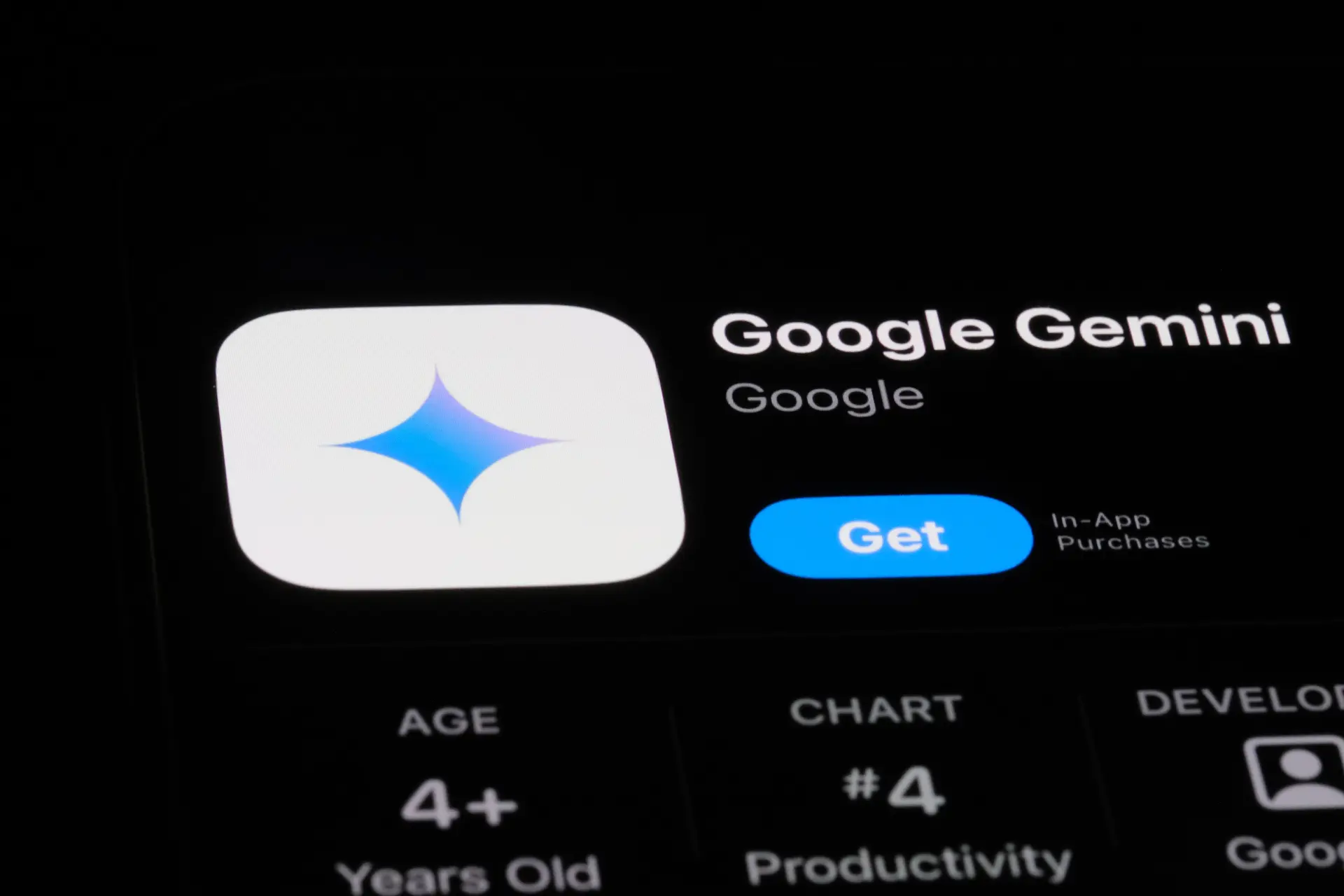Table of contents
- A game-changing shift for cyber security defense
- How Sec-Gemini v1 works: intelligence meets real-time data
- Outperforming the benchmarks: results that speak volumes
- Contextual intelligence and in-depth responses: a concrete example
- Open collaboration for a secure future
A game-changing shift for cyber security defense
In the world of cyber security, defenders are at a constant disadvantage. While they must secure every vulnerability, attackers only need to find one. This deep-rooted asymmetry makes defending systems exhausting, error-prone, and often reactive.
Google has decided to address this asymmetry with a revolutionary new tool: Sec-Gemini v1, an experimental artificial intelligence model designed to push forward the boundaries of cyber security.
The goal is simple but ambitious: use artificial intelligence to massively amplify the capabilities of security professionals. And that’s exactly what Sec-Gemini v1 aims to do—by streamlining threat detection, speeding up analysis, and automating complex security tasks.
How Sec-Gemini v1 works: intelligence meets real-time data
Sec-Gemini v1 brings together the advanced reasoning power of Google’s Gemini model with near real-time access to cyber security knowledge and tools. This hybrid approach allows it to outperform in critical tasks such as:
- Root cause analysis of security incidents;
- Threat evaluation;
- Understanding the impact of vulnerabilities
Thanks to its deep integration with tools like Google Threat Intelligence (GTI), Mandiant, and OSV (Open Source Vulnerabilities), the model doesn’t just analyze threats—it understands them in context. That means identifying specific threat actors, connecting them to known vulnerabilities, and helping analysts respond faster and smarter.
Outperforming the benchmarks: results that speak volumes
In key cyber security benchmarks, Sec-Gemini v1 clearly outpaces its competitors. On the CTI-MCQ benchmark for threat intelligence, it scores at least 11% higher than other models. On the CTI-Root Cause Mapping benchmark, focused on how well a model understands the subtleties of vulnerability descriptions, it leads by at least 10.5%.
These aren’t just technical wins. They show that Sec-Gemini v1 can decode the complex web of causes behind an incident and correctly classify weaknesses using the CWE (Common Weakness Enumeration) system. It’s the kind of performance that turns AI into a true partner in defense.
Contextual intelligence and in-depth responses: a concrete example
A striking example of Sec-Gemini v1’s capabilities is its response to queries about Salt Typhoon, a known threat actor. Unlike many models, it correctly identifies Salt Typhoon as an adversarial group and delivers a detailed, well-contextualized profile using Mandiant threat data.
When asked about vulnerabilities linked to Salt Typhoon, the model draws from OSV and combines that data with intelligence about the actor’s behavior. The result is a clear risk assessment that lets security analysts understand what’s at stake—and respond faster than ever before.
Open collaboration for a secure future
At this stage, Sec-Gemini v1 is available for free to a limited group of researchers, professionals, institutions, and NGOs. Indeed, Google aims to create an active collaborative network in the cyber security community to jointly push the development of more effective AI solutions against digital threats.
Conclusion
With Sec-Gemini v1, Google is making a bold move: using AI not just to automate, but to empower. In the ongoing war against digital threats, this could mark the beginning of a new, smarter era of cyber security, where defenders finally have the upper hand.
